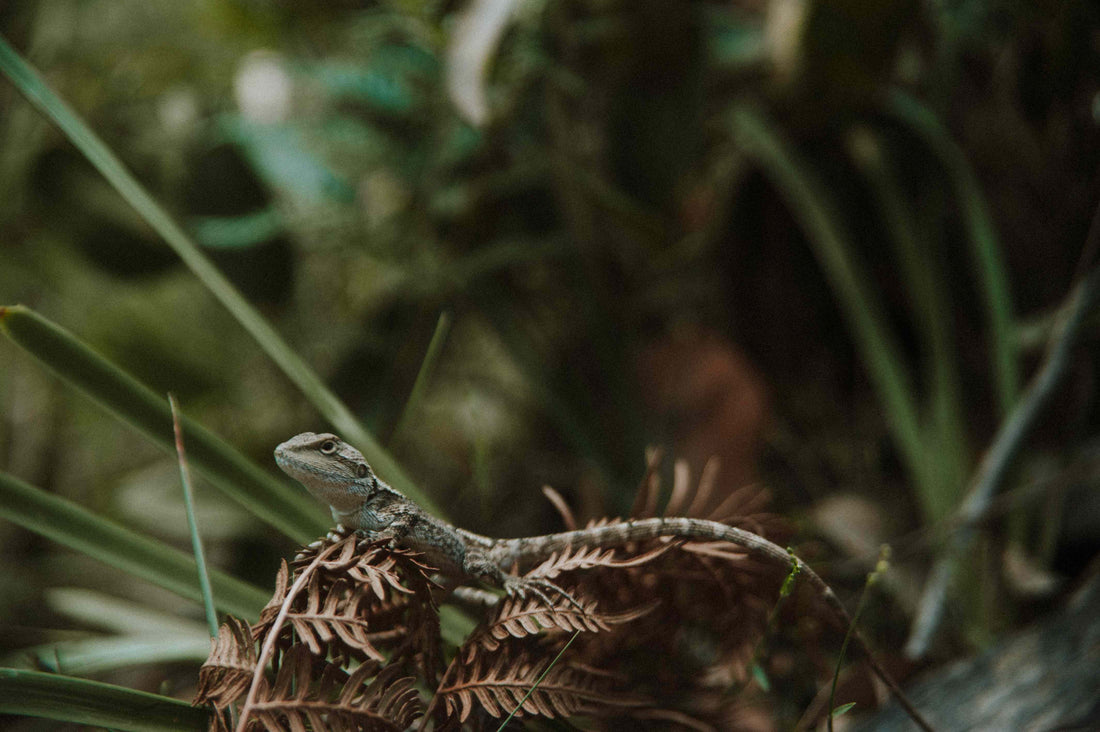
How to Turn a Bushwalk into a Wildlife Adventure
Share
Hiking with Kids: How to Turn a Bushwalk into a Wildlife Adventure
One of the greatest things about hiking with kids in Australia is the wildlife. Kangaroos bounding across the track, goannas sunbaking on rocks, lyrebirds mimicking the world around them — it’s magic. But spotting wildlife isn’t just luck. With a little intention (and a few fun tricks), you can turn any bushwalk into a full-blown nature safari.
Here’s how to make your next family hike feel like an animal adventure — no screens, no zoos, and no need to hike far.
1. Choose a Wildlife-Friendly Trail
Some trails are better than others when it comes to wildlife encounters — and it’s not always about going deep into the bush. In fact, animals often hang out near water, edges of clearings, or less-busy trails.
Look for:
- Walks near creeks, wetlands, or dams
- Nature reserves and national parks with diverse habitats
- Early morning or late afternoon walks (cooler = more animals active)
Ask a ranger or local bushwalking group if there’s a “good spot to spot” nearby — they often know where echidnas or wallabies like to hang out.
2. Practice Animal Spotting Skills
Kids can learn to be quiet observers — even the loud ones (with a bit of help).
Before you start walking:
- Talk about moving quietly and looking carefully
- Practice “freeze and listen” moments — where everyone stops to tune in to the sounds
- Look for signs of wildlife: tracks, feathers, scratch marks on trees, scats
Turn it into a game: “First person to spot an animal track gets to lead the group for 5 minutes.”
3. Use All Five Senses
Sometimes, the best wildlife sightings are heard, not seen.
- Listen for bird calls, rustling leaves, or frog croaks
- Smell eucalyptus or damp earth after rain
- Feel the texture of bark (safely) or watch how a lizard moves across a warm rock
Kids who slow down and use their senses start to feel like “real explorers” — and they’ll remember those sensory moments far more than stats about the hike.
4. Bring a Wildlife Journal or Field Notes Book
A small notebook turns every observation into an adventure. Let kids jot down what they saw, heard, or found.
Try:
- Drawing animal tracks, feathers, or tree hollows
- Writing down bird colours or “mystery creatures” to look up later
- Naming animals they find (real or imagined — both are valid!)
Some kids love ticking off a list. You can create a basic “bush safari checklist” before the hike with common local wildlife to look for.
5. Make Up a Story as You Walk
Imagination and wildlife go hand-in-hand. If you haven’t seen many animals yet, create your own:
- “We’re following wombat tracks to its secret hideout.”
- “That hollow tree? I reckon that’s where the sugar gliders have a sleepover.”
- “Let’s walk like wallabies for the next 20 steps.”
This is especially good for kids who need a distraction from tired legs. A story trail keeps them moving without even realising it.
6. Take Breaks in Wildlife Hotspots
Animals are often more active around water or quieter clearings. Stop regularly — not just to snack, but to sit and wait. Wildlife often reappears once you’re still.
- Sit quietly and see who comes out
- Use binoculars if you have them
- Share snacks and listen for bird calls while you rest
Kids love when they’re the first to whisper, “I see something!” Patience usually pays off.
7. Capture and Share the Adventure
Encourage kids to take photos of animals (or their clues) — but at a respectful distance. These photos can become part of a scrapbook, a class project, or even just a memory book of your hikes.
- Let them use your phone or an old camera
- Don’t chase or disturb animals for a photo
- Talk about respecting wildlife space — a lesson that sticks
Later, look up what you found together. It’s a great way to extend the adventure beyond the trail.
Final Thoughts
You don’t need rare sightings to create a wildlife adventure — sometimes it’s the cockatoo squawking overhead, the pattern in the bark, or a perfectly round wombat poo that makes a walk feel wild. When kids start seeing the bush as alive, they fall in love with it — and that’s where a lifelong appreciation for nature begins.
So next time you’re heading out, leave the screens at home, pack a little curiosity, and hit the trail ready to explore. The animals might be shy — but they’re out there.
And if you're really lucky? One of them might just spot you first.